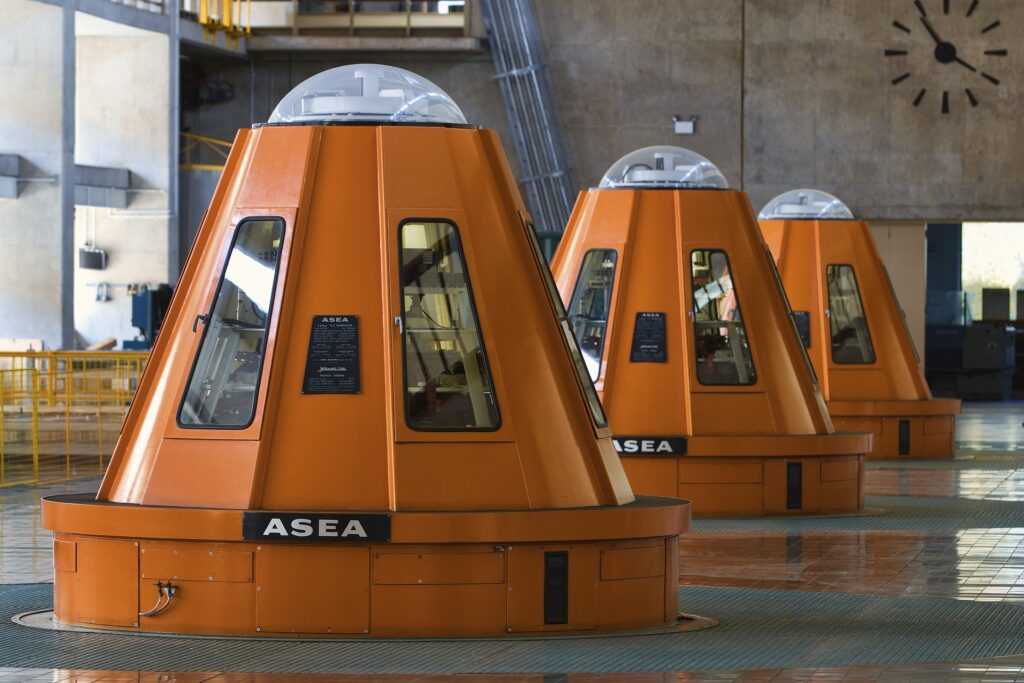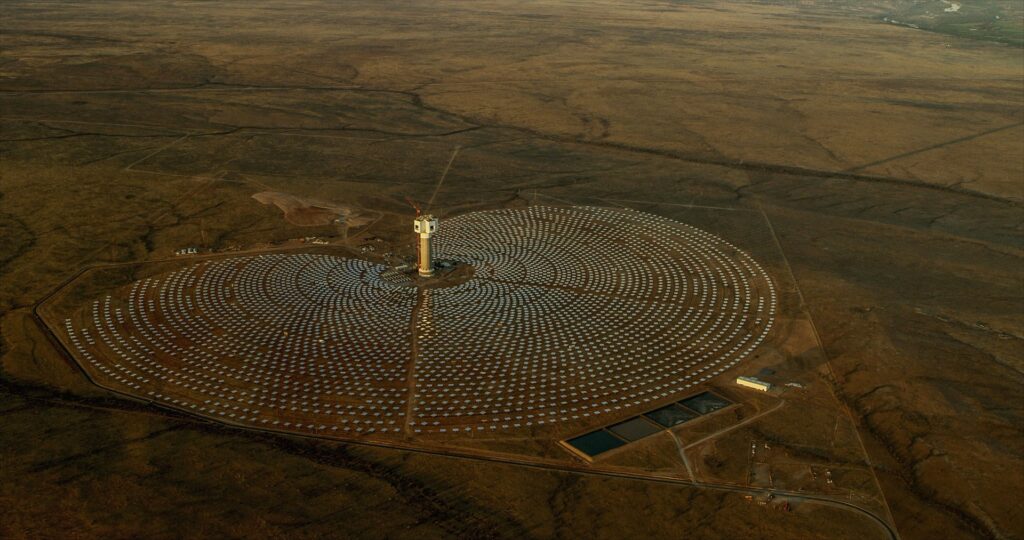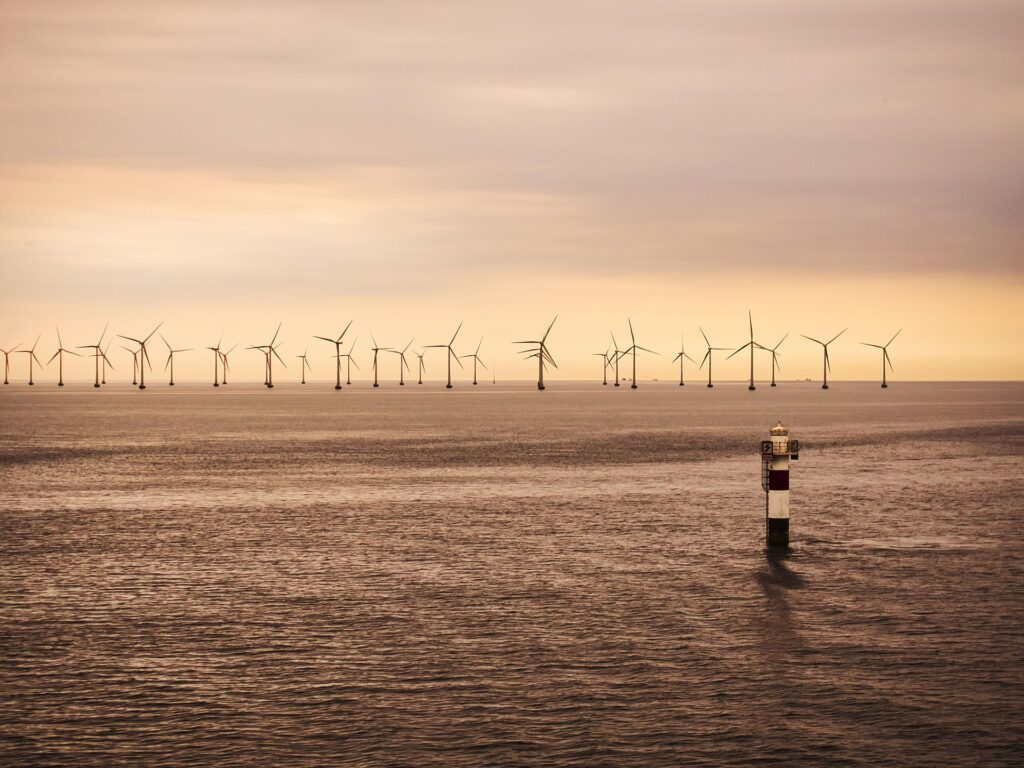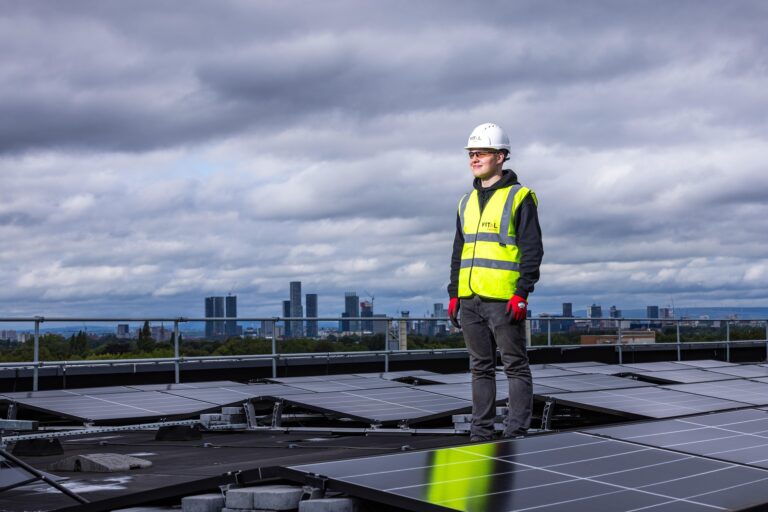The global power system has crossed a line that once felt more aspirational than achievable: for the first time on record, renewable sources—solar, wind, hydro, geothermal and modern bio-energy—are generating slightly more than 40 per cent of all electricity consumed on Earth. The new high-water mark, tucked into Ember’s Global Electricity Review 2025, covers calendar-year 2024 and puts clean-energy advocates in a celebratory mood—while also sharpening the debate about how fast fossil fuels can now be forced into retirement.
The leap is staggering when stacked against recent history. As recently as 2010, renewables supplied barely a fifth of global power; a decade before that, their share was closer to 15 per cent. Even in 2023, the International Energy Agency estimated the figure at roughly 32 per cent, underscoring just how ferocious last year’s build-out of wind turbines, solar farms and new hydro capacity proved to be.

“This is the tipping point grid nerds and climate hawks have been waiting for,” laughed Euan Graham, lead author of the Ember review, during the report’s London launch in April. “We’ve argued for years that renewables could scale faster than demand; now the data finally beats the rhetoric.” He pointed out that solar alone doubled its output in only three years, chalking up a 29 per cent production jump in 2024—enough on its own to cover the entire annual electricity consumption of France.
Ember’s dataset tallies renewables at 40.2 per cent, while “low-carbon” power—renewables plus nuclear—reached 40.9 per cent. In plain English: even without help from nuclear reactors, wind, water and sunshine are now shouldering two-fifths of humanity’s electron diet. The difference matters politically. Many national road maps, particularly in Europe and parts of Latin America, set targets for renewables, not simply low-carbon, and crossing the 40 per cent threshold gives those plans a psychological tail-wind.

Several forces conspired to propel the jump. China again dominated solar expansion, cranking out 53 per cent of last year’s added photovoltaic output. India, the United States and Brazil followed, each logging record renewable capacity additions despite supply-chain hiccups that continue to dog the industry. Fatih Birol, executive director of the IEA, called the figures “a wake-up call to anyone still betting on long-term coal or gas assets. Markets are shouting that clean power isn’t just inevitable—it’s already eating their lunch.”
The milestone arrived even while total electricity demand ballooned four per cent, thanks to relentless electrification of everything from transport to steelmaking—and, ironically, to last year’s brutal heatwaves, which jacked up air-conditioning use across Asia and the Americas. Fossil-fuel generation therefore nudged upward 1.4 per cent, pushing power-sector CO₂ emissions to a fresh high. The world, it seems, can celebrate and fret in the same breath.

Analysts caution that holding the 40 per cent line will not be easy. Manufacturing bottlenecks for turbines and transformers, chronic grid-connection delays and the lingering cost of capital in emerging economies all threaten to slow momentum. Yet the economics appear irresistible: new solar and onshore wind build at a fraction of the marginal cost of running existing coal plants in most regions, and battery storage prices keep edging lower.
Looking ahead, negotiators gathering for COP30 in Belém, Brazil, this November now have a tangible proof-point that scaling renewables rapidly is not only possible but already under way. As Ana Toni, CEO of the summit’s organising committee, told reporters last week, “The job for policymakers is to turn can into must—and to make sure transmission lines, not excuses, get built first.”
The race, in other words, is far from over, but the pack has clearly hit a new gear. And if the past three years are any guide, the next big-round number—50 per cent renewable power—may appear in the rear-view mirror sooner than most utilities dare to budget.
